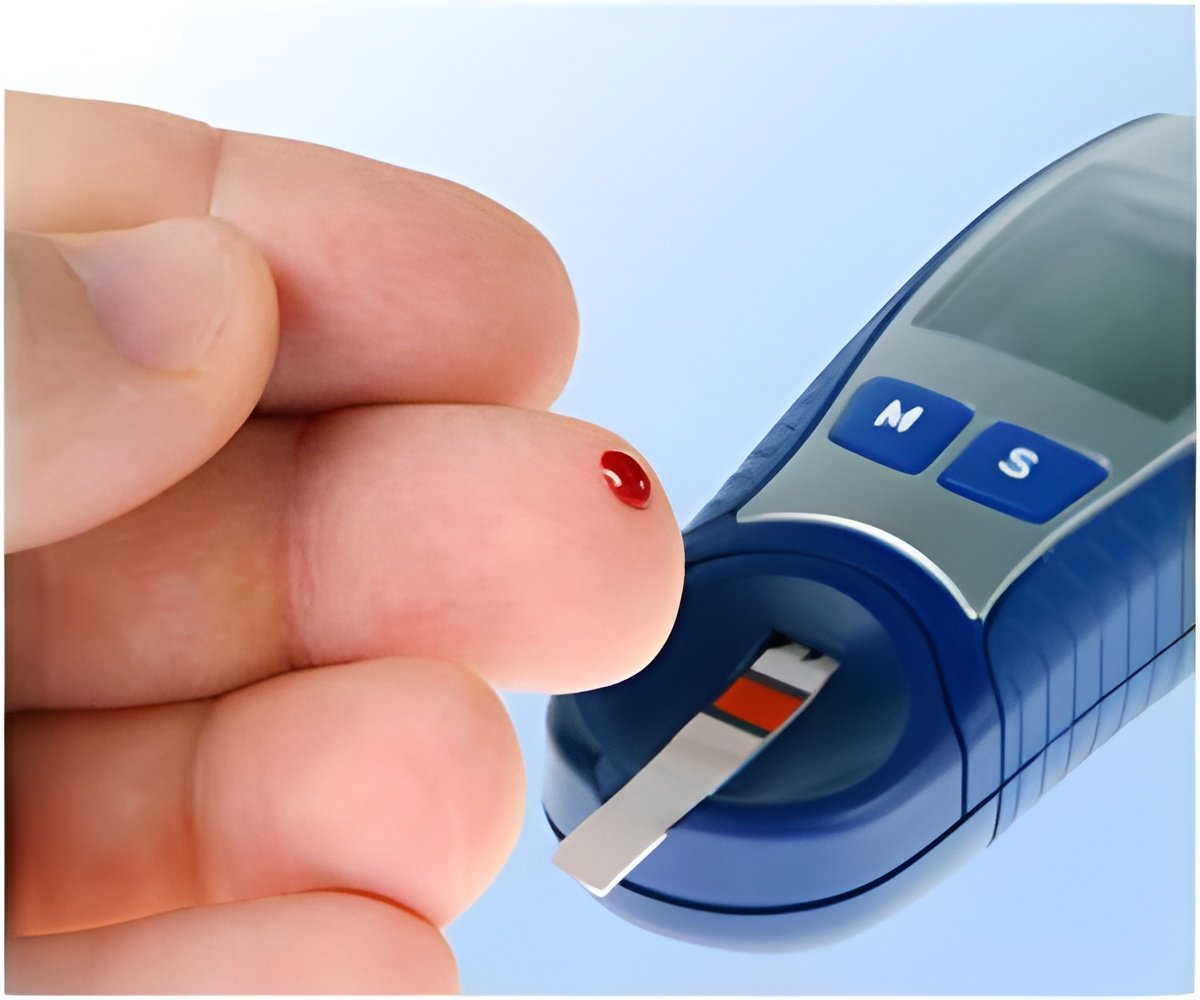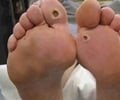By removing the protein galectin-3 (Gal3), researchers were able to reverse diabetic insulin resistance and glucose intolerance in mouse models of diabetes.

‘Protein galectin-3 (Gal3) inhibition in people could be an effective anti-diabetic approach, suggested a new study.’





"This study puts Gal3 on the map for insulin resistance and diabetes
in mouse model," said Olefsky, associate dean for scientific affairs
and senior author of the study. "Our findings suggest that Gal3
inhibition in people could be an effective anti-diabetic approach."Olefsky and other researchers have been studying how chronic tissue inflammation leads to insulin resistance in type 2 diabetes. In the paper, published in the journal Cell, researchers explain that inflammation requires macrophages - specialized cells that destroy targeted cells. In obese adipose tissue (fat), for example, 40 percent of cells are macrophages. Macrophages in turn secrete Gal3, which then acts as a signaling protein attracting more macrophages, thus resulting in the production of even more Gal3.
Furthermore, investigators identified bone marrow-derived macrophages as the source of Gal3 that leads to insulin resistance. More importantly, researchers found that Gal3 is secreted by macrophages, and can then cause insulin resistance in liver, fat cells, and muscle cells independent of inflammation.
Gal3 has previously been connected to other diseases. Olefsky will continue to study Gal3 depletion as a possible therapeutic target for nonalcoholic steatohepatitis as well as heart and liver fibrosis.
Source-Eurekalert















